Traveling is about feeling tired of staying in one city and wanting to go out and explore.
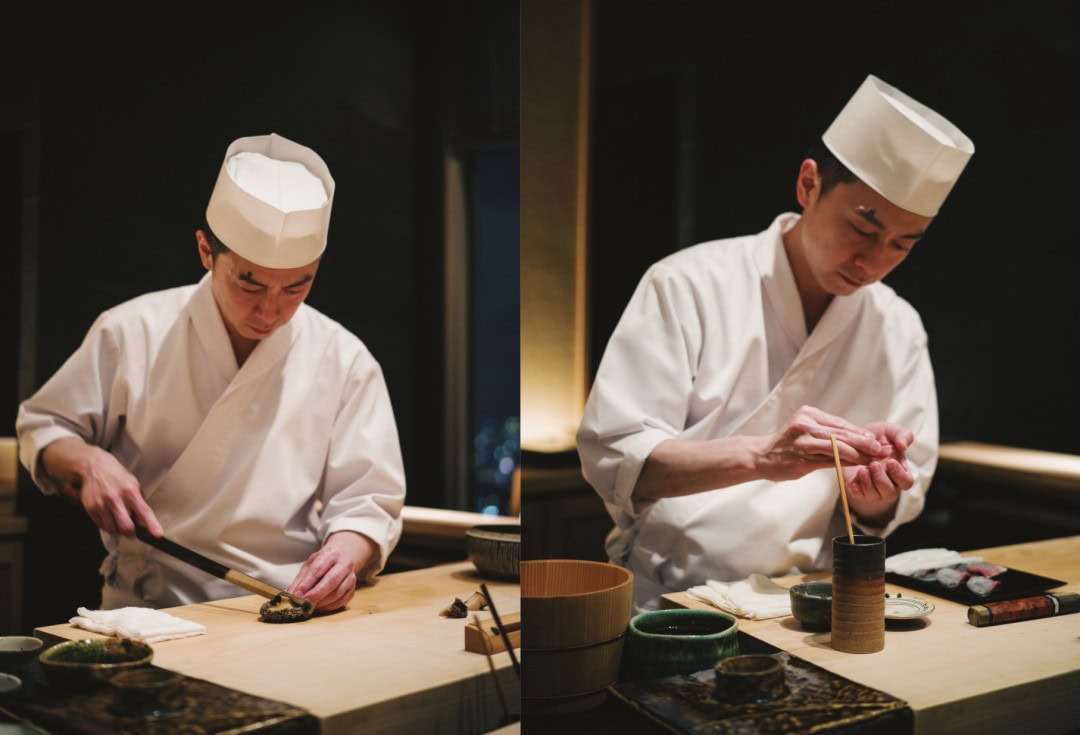
The 3-year pandemic kept me at home for 3 years. Now that the pandemic is over, my urge to travel has been unstoppable, so I’ve been traveling quite a bit recently, always on the move.

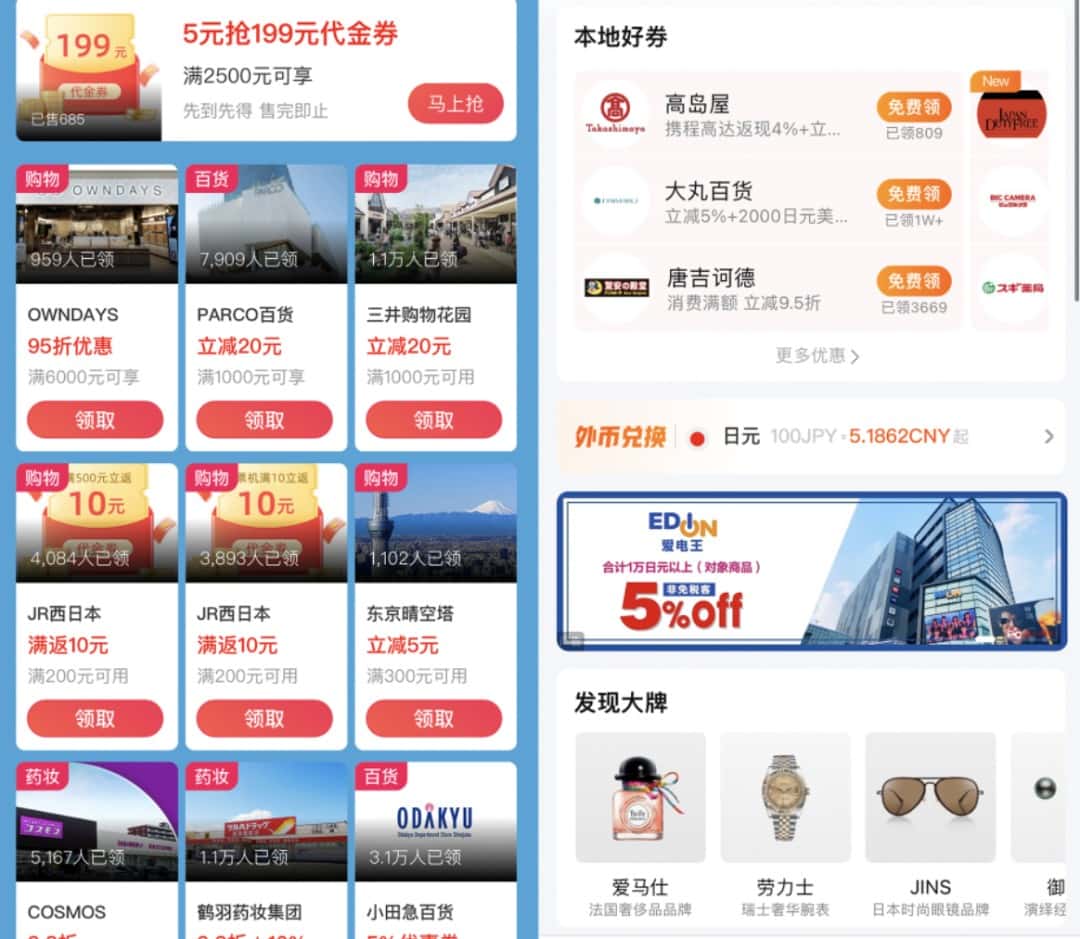
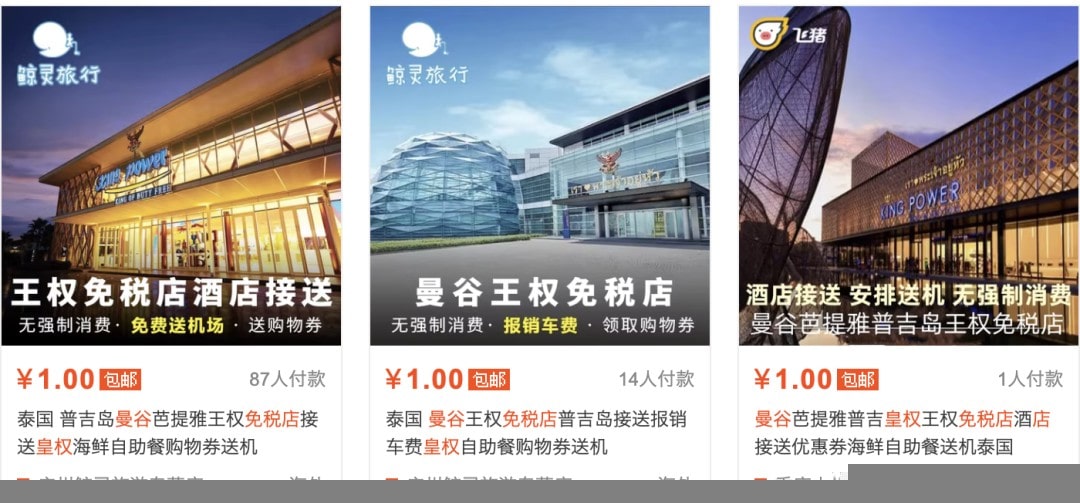
Today’s article is a collection of some insights from my recent travels, packed with practical tips.
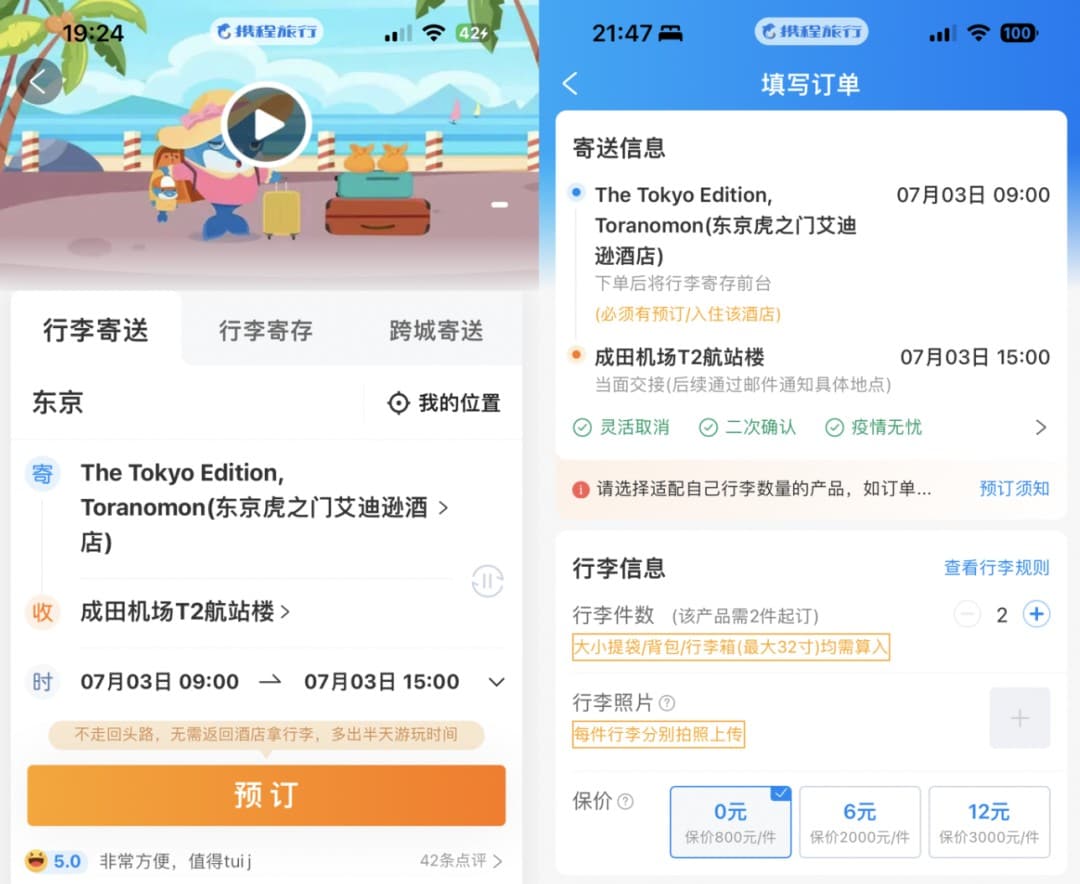
These are all practical “travel gadgets.” I’m confident you will find them useful as they are money-saving travel tips.
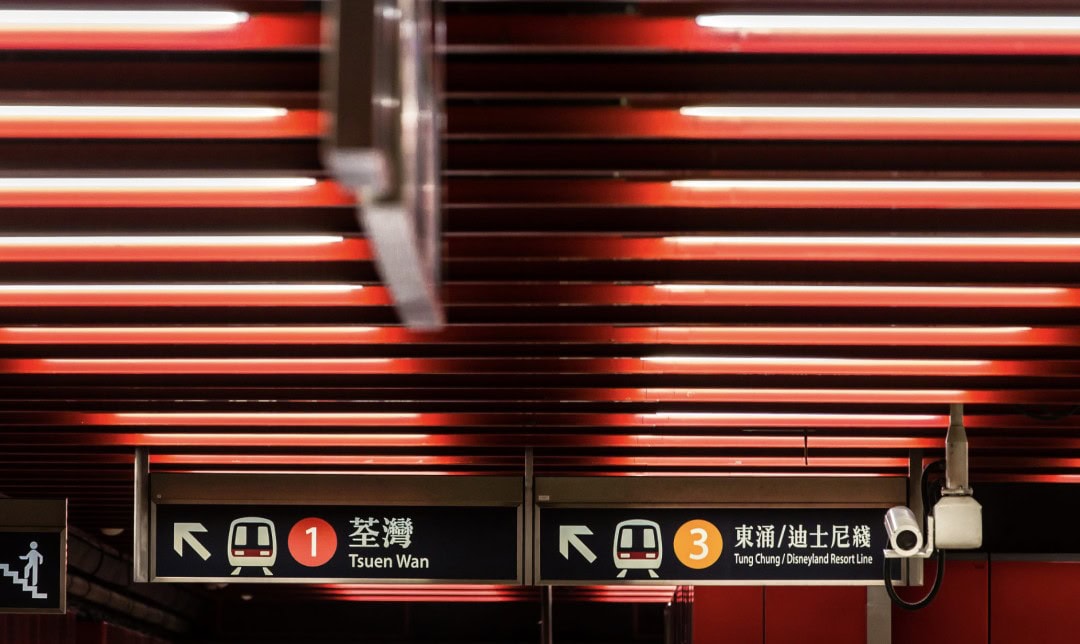

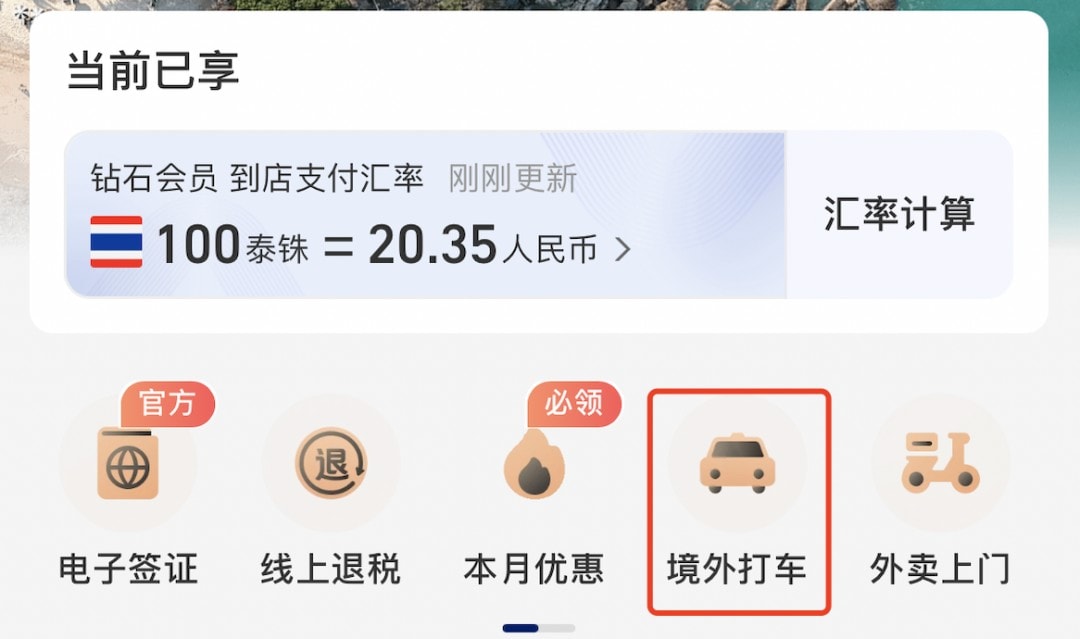
Let me walk you through them one by one:
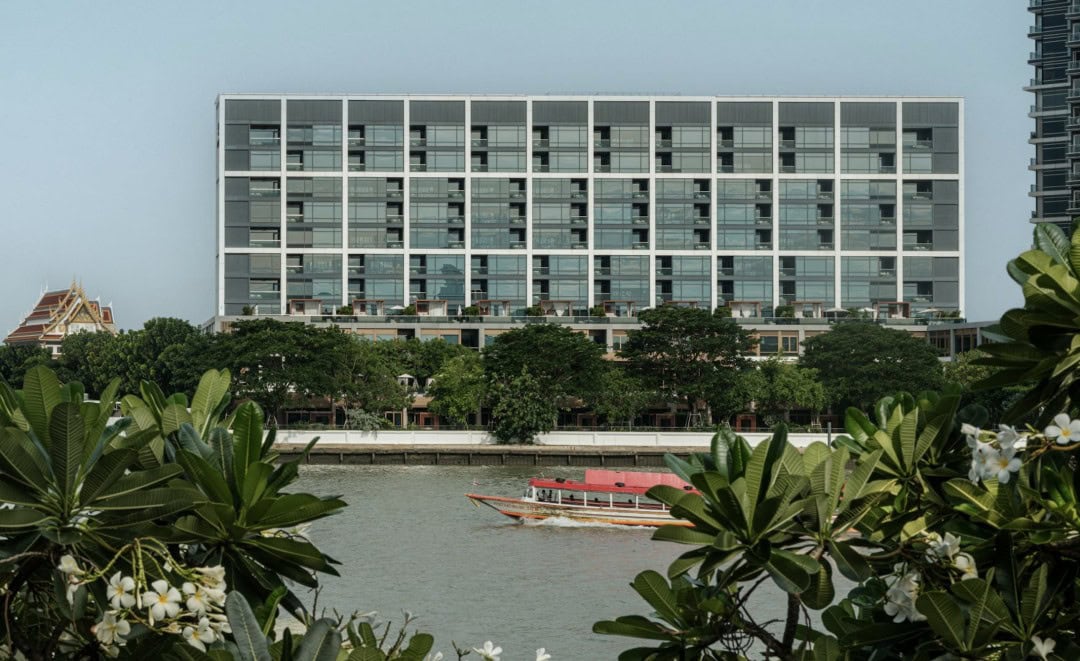
1) Route Card
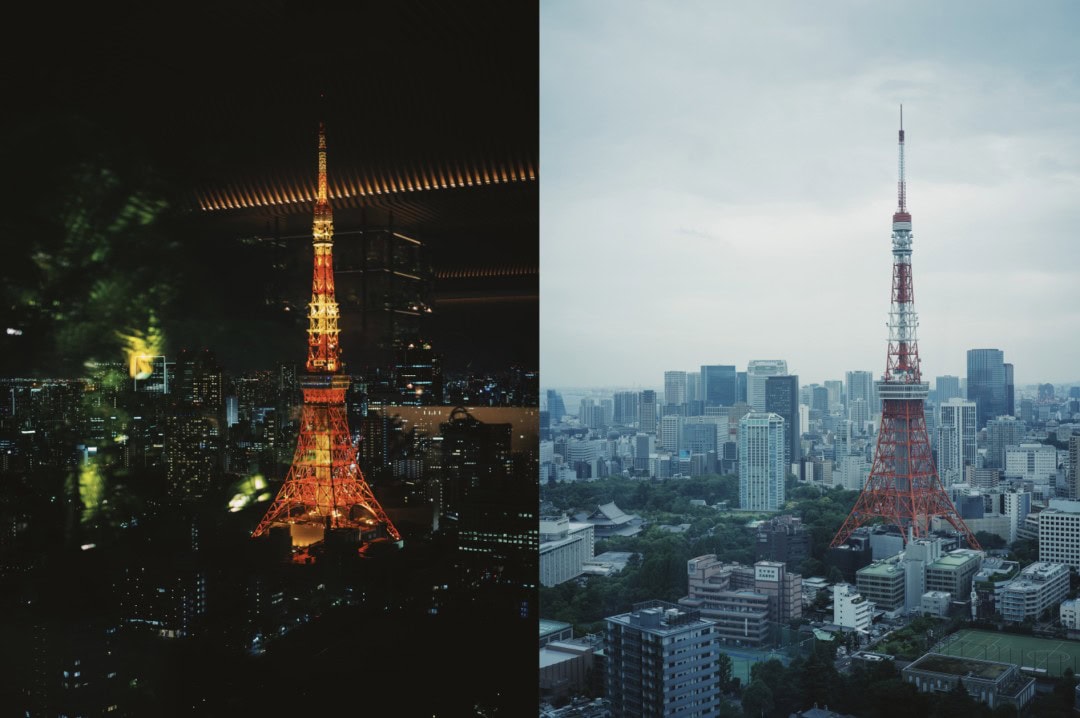
The path is via the Ctrip APP (known as Trip.com internationally). Simply search for an overseas destination (hotel, attraction, restaurant, etc.) in the search bar, and a route card icon will appear at the bottom right. Clicking on it brings up a small card (as shown in the image below).

The card will display the local address in both the local language and English. Route cards are super handy, especially when taking a taxi. Show it to the driver, and he will know exactly where to go.
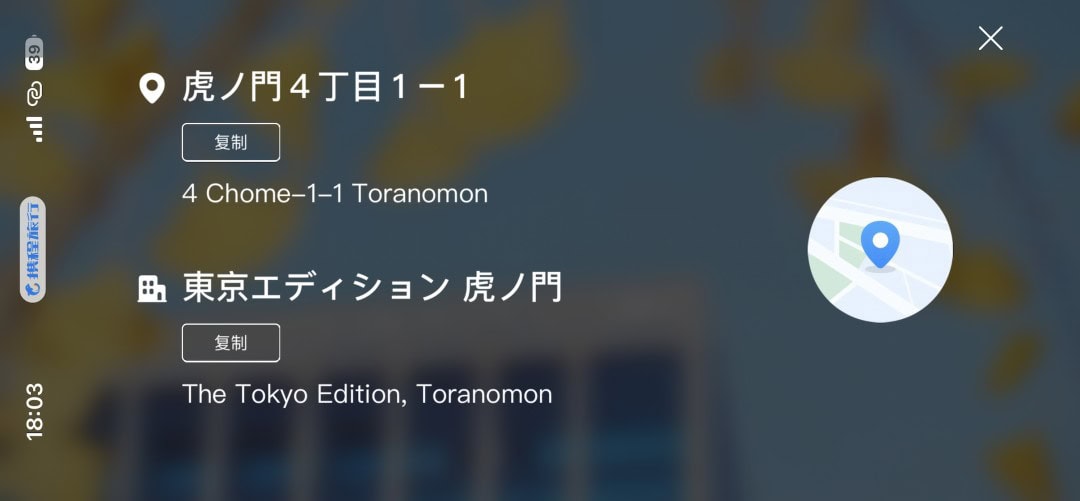
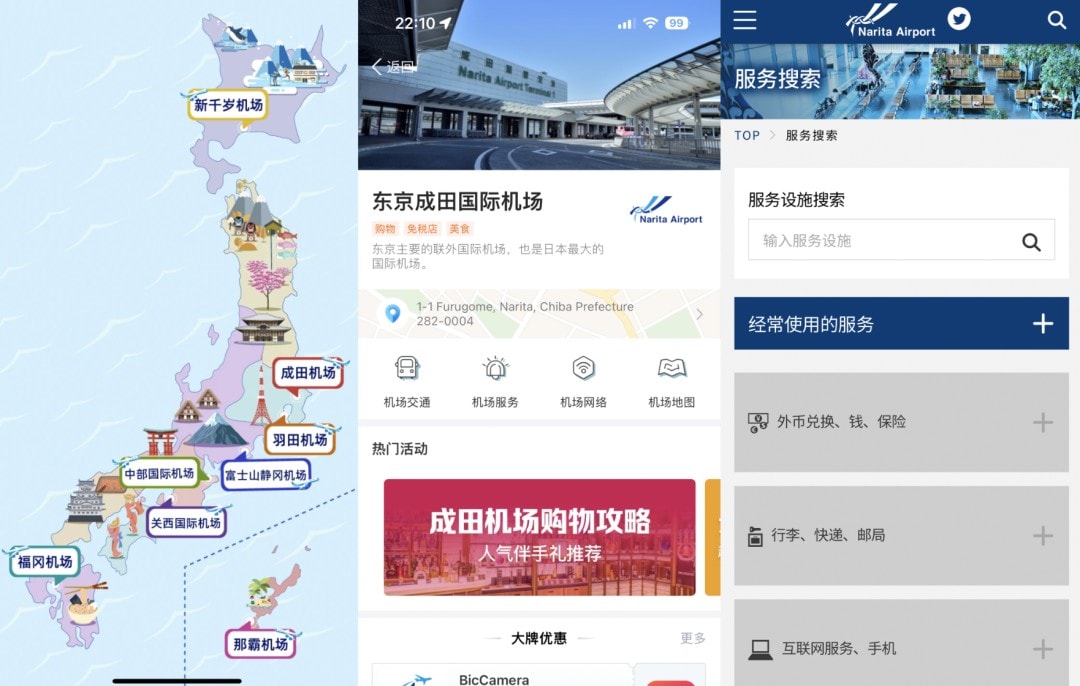
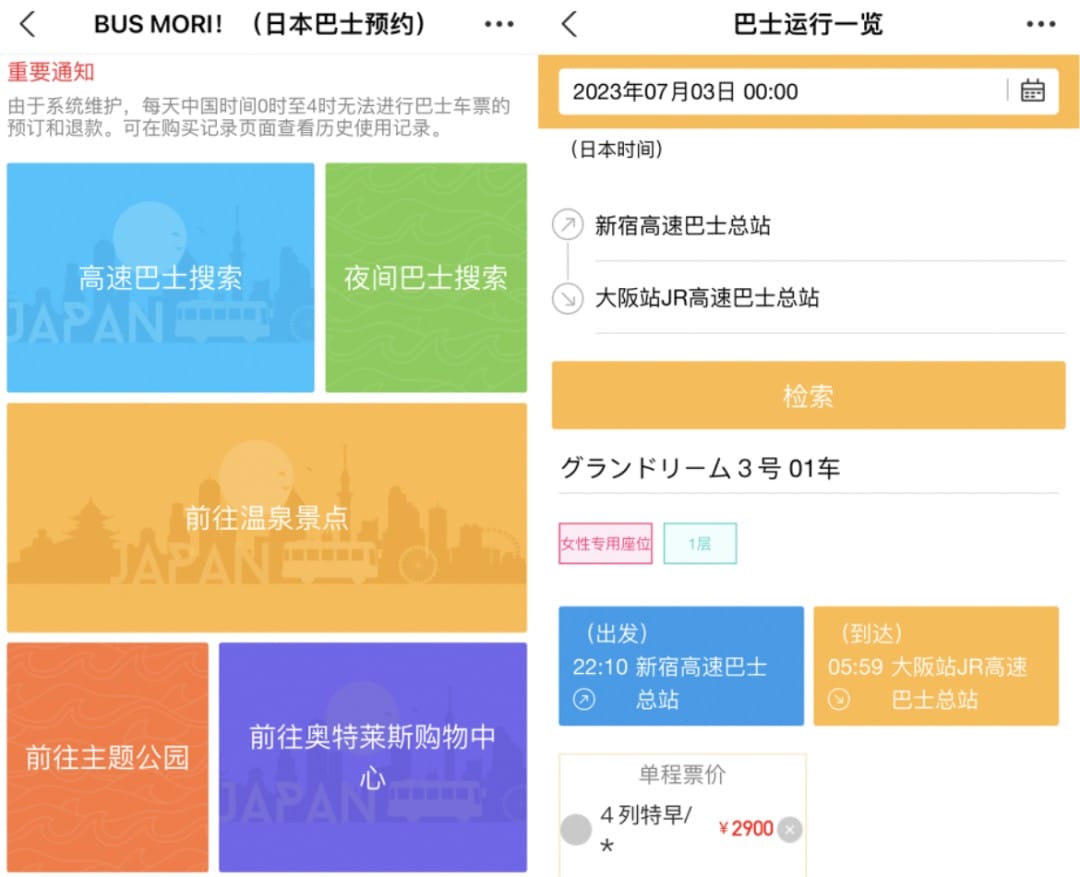
2) Luggage Delivery

Also on the Ctrip APP, directly search for “Luggage Delivery Guide” in the search bar.
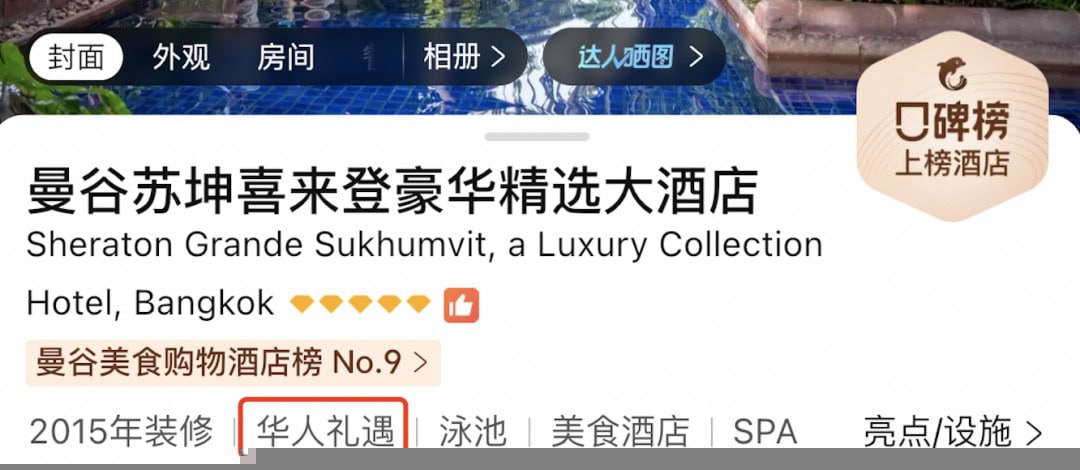
This function helps you send your luggage to the airport or train station (of course, a fee is required).
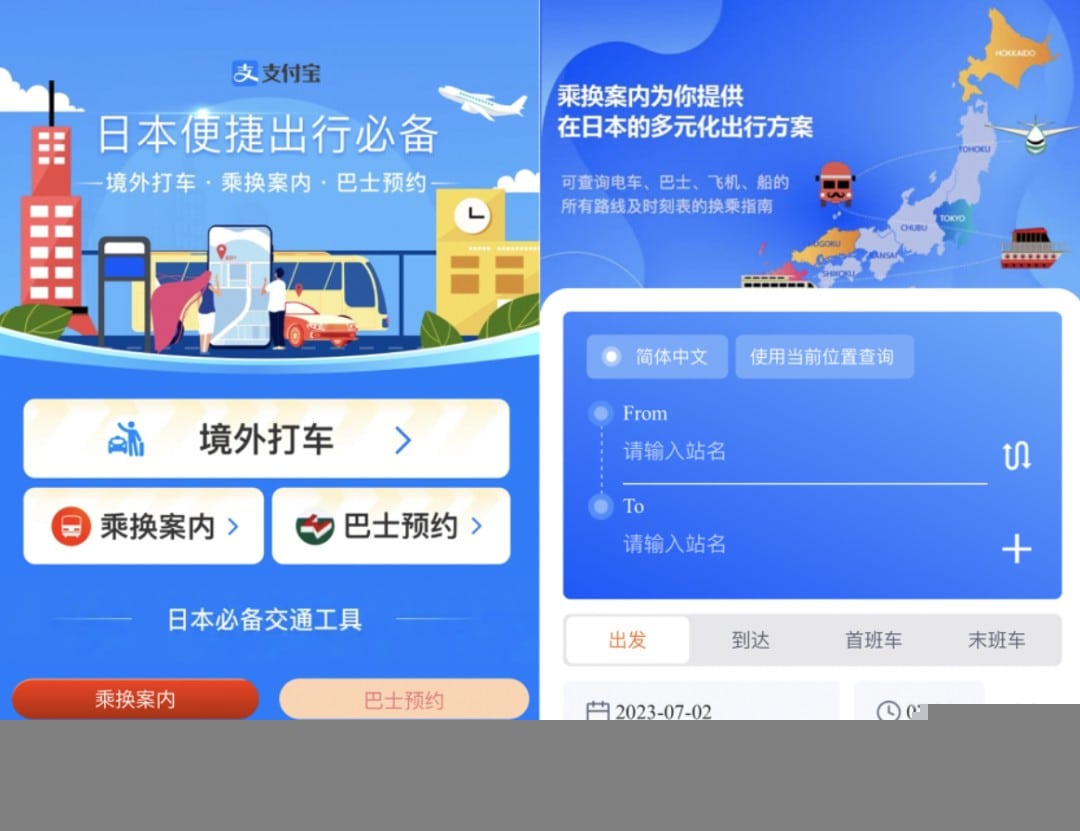
It’s useful, for example, when you have a late flight home. It’s not practical to drag your luggage around while sightseeing and shopping. If you leave it at the hotel, you still have to go back and get it, which may not be convenient.
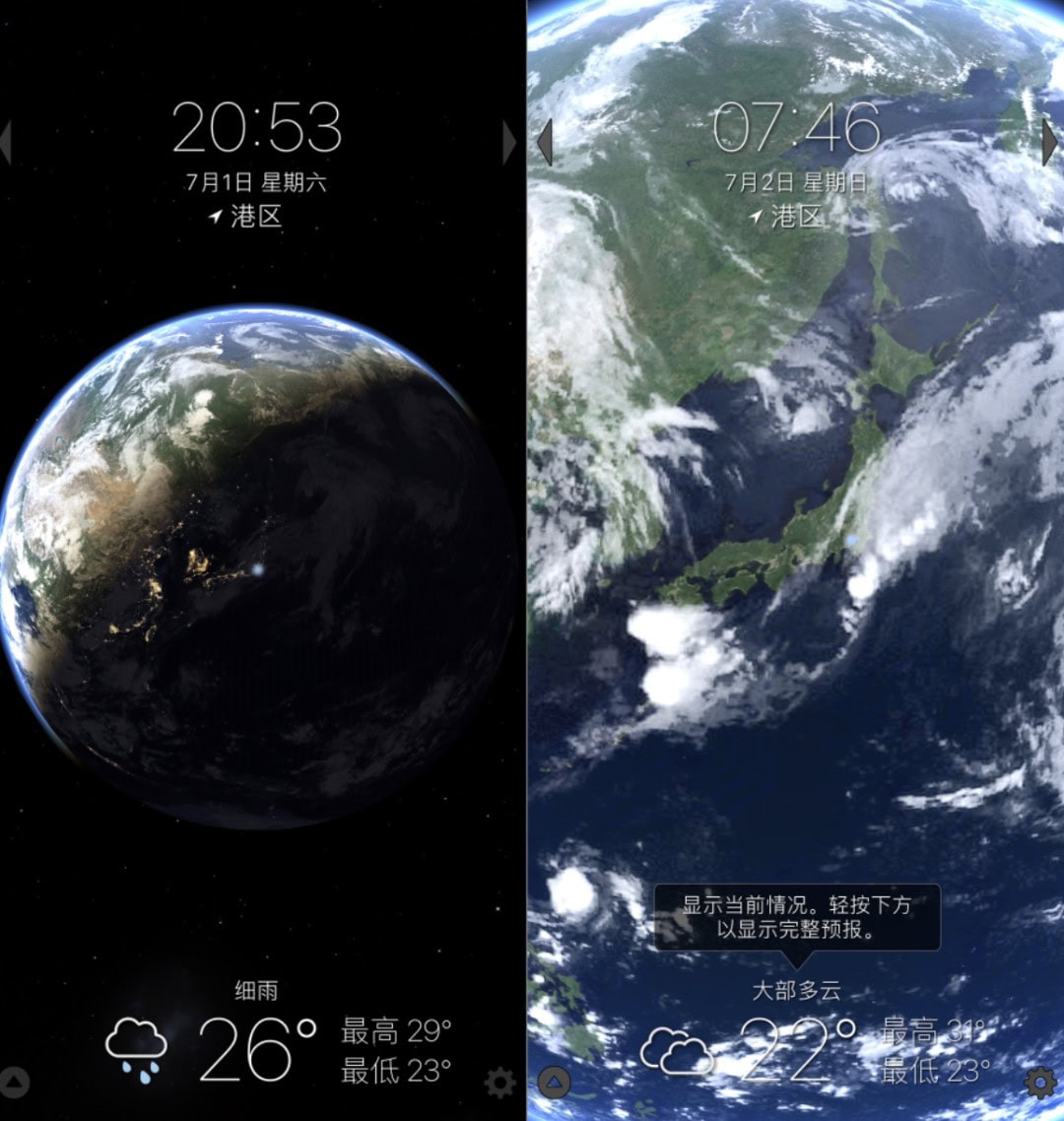
So, why not spend a little money to have someone else send it to the airport for you? You can then just pick it up at the airport.

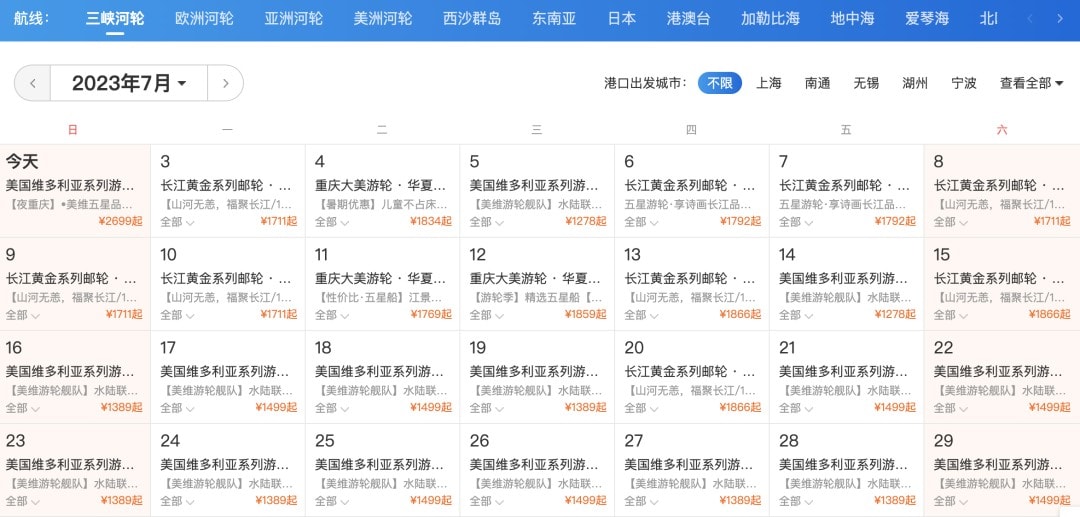

3) Foreign Currency Exchange

On the Ctrip APP, directly input the keyword “Foreign Currency Exchange Guide” in the search bar, and you can then book a currency exchange.
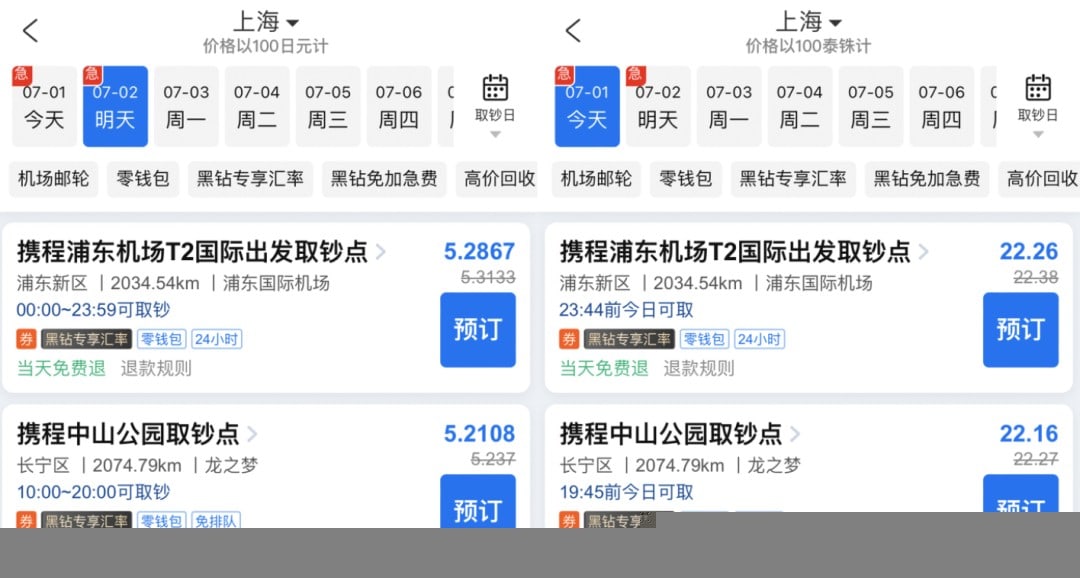
There are generally two options: going to a city exchange point yourself (with a slightly better exchange rate) or booking and exchanging at the airport (with a slightly worse exchange rate).

The main application is when you don’t have time to exchange currency at a bank, and most banks can exchange USD and EUR but may not be as convenient for THB, JPY, or MYR.

Moreover, some people genuinely don’t have time to go to the bank to exchange currency, but going to the airport is almost a 100% certainty.
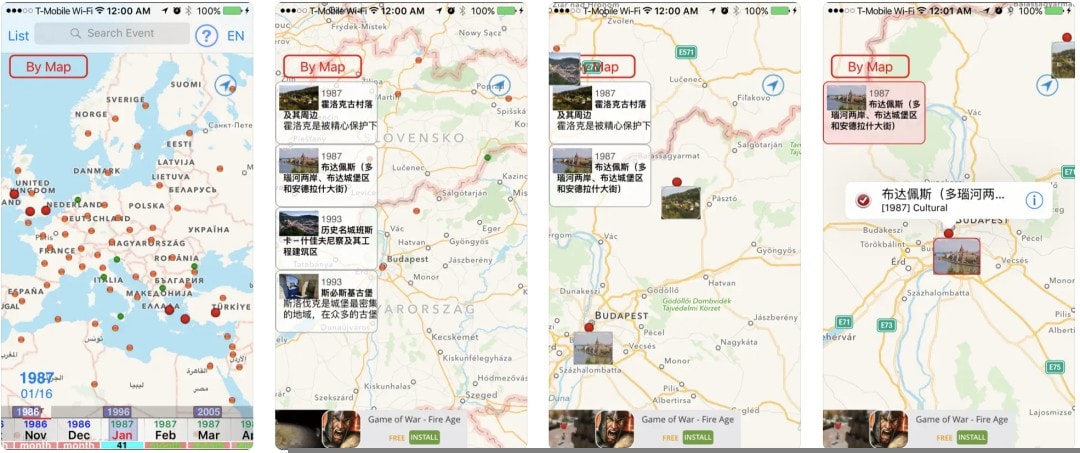

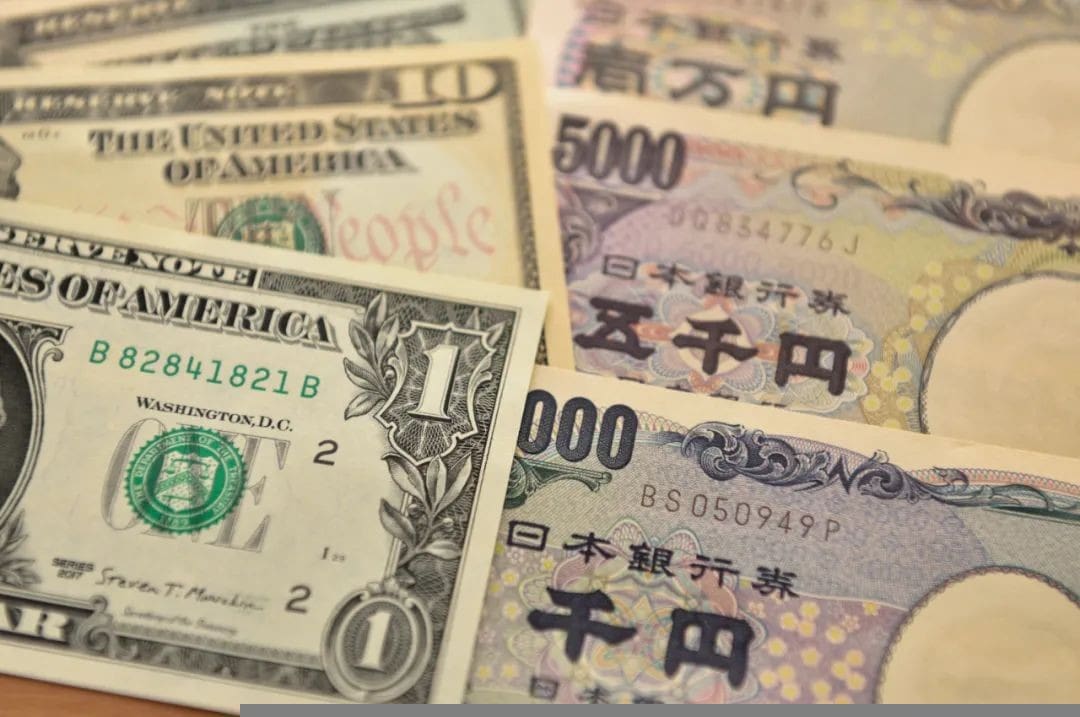
Additionally, one of the advantages of Ctrip’s foreign currency exchange service is that they can help you prepare a change pouch. For example, a Thai change pouch would break a large 1000 baht bill into smaller 500, 100, 50, and 20 baht bills, as well as 10, 5, and 1 baht coins.
Small change is very useful when abroad. In many small street shops, large denominations are actually not that convenient to use.
Overall, this feature might not offer as favorable rates as banks, but its practicality absolutely trumps banks.
4) Airport Guide
In the Alipay APP, when you set your location to Japan, you can click on the middle Tab at the bottom marked as ‘Outbound,’ which will appear.
It contains detailed guides for Japan’s Narita, Haneda, Kansai, Nagoya, Shizuoka, Sapporo New Chitose, Fukuoka, and Naha airports.
The guides are quite comprehensive, covering airport maps, transportation, services, various shopping discounts, and even tax refunds. Extremely practical.
Airports are often the final stop of a journey, so taking the time to explore and shop properly is necessary.
5) Transit Code
In the Alipay APP, under the travel Tab.
In many cities across China, you can obtain a transit card directly through Alipay. Then, when taking the subway or bus, there’s no need to buy an extra ticket; simply scan Alipay, which is super convenient.
Cities like Beijing, Shanghai, Hangzhou, Shenzhen, Guangzhou, Chengdu, Chongqing can all use Alipay’s transit code to pass through subway gates.
When I go to Hong Kong now, I don’t even use the Octopus card anymore; using Alipay’s transit code for the subway is so convenient.
6) Restaurant Reservations
In the Alipay APP, when set to an overseas location, many countries offer the option to reserve restaurants through Alipay (of course, with a small service fee).
This is beneficial for countries where the language barrier is significant and certain restaurants are difficult to reserve (such as in Japan).
Currently, the restaurants supported are somewhat varied, and there aren’t many high-end options (but let’s face it, even for those, regulars are often the only ones who can get reservations anyway).
7) Photo Translation
The Youdao Translator APP is an absolute lifesaver for dining in various countries. Just take a photo of the menu, and it translates the menu into Chinese. Super convenient.
Then I just point to the menu and tell the waiter, “this, this, this, this.” And voila, the daunting task of ordering food is sorted.
8)Chinese Traveler Privileges
On the Ctrip APP, when searching for hotels, you can use the filter option to select “Chinese Traveler Privileges.”
Hotels offering Chinese Traveler Privileges guarantee that their front desk will have staff who speak Chinese, accept UnionPay cards for payment, and provide Chinese menus in their restaurants.
In short, these are hotels that are friendly to Chinese travelers.
Ctrip has very stringent requirements for providing these privileges. Let me share a personal experience to illustrate this.
I once stayed at the Capella Hotel in Bangkok. Despite having Chinese-speaking butlers and sales staff, the hotel was not listed under Chinese Traveler Privileges.
Curious, I asked the hotel why they hadn’t applied for this. They responded that their menus had not yet been fully translated into Chinese (as they frequently change), which prevented them from qualifying.
This clearly shows how stringent Ctrip’s criteria for Chinese Traveler Privileges are.
9)No-Reason Cancellation Insurance
Many travel products are non-refundable and require full payment in advance. However, unforeseen circumstances can arise, especially for trips planned months in advance, such as an Antarctic expedition.
In such cases, I opt for Ctrip’s No-Reason Cancellation Insurance.
This insurance is quite robust: if you cancel for a reason beyond your control, it covers 100% of the actual loss; if you cancel for personal reasons, it covers 50% of the actual loss.
Spending a small amount on insurance buys peace of mind.
Travel is filled with uncertainties like flight delays and natural calamities. At such times, you realize that the only reliable safeguard is insurance.
Therefore, I always purchase insurance for my trips. The more expensive and non-refundable an item is, the more you need No-Reason Cancellation Insurance.
10)Cruise Calendar
Ctrip Website > Travel > Cruises
This feature shows you every destination and route, the available cruise ships on different dates, and the corresponding prices.
It’s straightforward and helps you easily choose which cruise itinerary to go for.
I frequently consult this when analyzing cruise options for my trips.
11) Youxia
Youxia is a mini-program on WeChat primarily designed for booking hotels. When booking through this mini-program, you can enjoy benefits such as breakfast included, room upgrades, $100 credit, pay for 2 nights and stay for 3, or pay for 3 nights and stay for 4.
However, the room prices on Youxia are usually slightly higher than the calendar prices of hotels on platforms like Ctrip or Fliggy. For someone like me who enjoys staying in good rooms and having breakfast at the hotel, Youxia is quite suitable.
Let me show you the room I booked at The Tokyo Edition through Youxia; it was upgraded to a Tokyo Tower view room. Personally, I think the Tokyo Tower is more beautiful than the Skytree, especially at night.
12) Cost-effective Airport Transfers or Rides to Duty-Free Shops
The magic lies in Taobao.
For instance, if you need to go to the King Power Duty-Free Shop in Bangkok or Pattaya, you can directly search for it on the Taobao app on your phone. Not only might the transfer cost just 1 yuan, but you might also get a free buffet meal.
It’s a way to save taxi fare.
This is similar in South Korea. There is also an upgraded version for booking hotels in South Korea. If you wish to stay at a hotel cost-effectively, you can purchase some travel agency packages as they often come bundled with a duty-free shop visit and airport transfer.
I remember not long ago, Fliggy was selling a 2-night stay with breakfast at the Hyatt Jeju for just 1999 yuan, which is a few hundred yuan cheaper than the official price. This was because it included a duty-free shop visit, and the duty-free shop covers the agency fees, which are then applied to the room rate, naturally making it cheaper.
Normally, the Hyatt Jeju is quite expensive.
These kinds of packages can also be directly searched for on Taobao.
13) Transportation and Travel
Still using Alipay, Alipay offers transportation guides for many destinations abroad. Lately, I’ve been going to Japan quite often, but I’m too lazy to download the “Navitime” app.
Alipay has seamlessly integrated Navitime, allowing you to search for transportation directly within Alipay.
This is similar in other countries as well.
You can even buy night bus tickets directly on Alipay. When traveling from Tokyo to Osaka, the most cost-effective way is definitely the night bus where you can lie down. The ticket price is generally just over 100 yuan, and the bus runs overnight, allowing you to sleep and arrive in Osaka by morning.
This ticket can be purchased directly on Alipay.
In destinations like Thailand, you can also use Alipay to book international rides. It’s not always possible to register for a local ride-hailing app without a local phone number, so booking a ride directly through Alipay can be much more convenient.
14) Shopping Discounts
You can claim a bunch of overseas coupons on Ctrip, Alipay, and Dianping. Anyway, before you start shopping, take a look and grab some coupons; you might save enough for a lunch.
15) Finding a Destination
APP: [World Heritage List]
When I travel, I like both cultural and scenic spots. This app includes all World Cultural and Natural Heritage sites. While some 5A attractions may be overrated, World Heritage sites are globally recognized and often the most worthwhile places to experience during a trip.
16) Checking the Weather
APP: [Living Earth]
Living Earth is a unique weather app that allows you to see the current cloud cover, temperature, humidity, and wind patterns across the globe in real-time. You can also see the distribution of day and night as well as lights from cities.
It’s great for social media posts. Check out the screenshots I took last night and this morning — pretty cool, right? They make great phone wallpapers too.
17) Visit Two Places in One Trip for a Better Deal
A direct flight from Hangzhou to Phuket, Thailand, rarely dips below 2,500 RMB (one-way). However, if you transit through Chengdu or Kunming, the airfare generally drops to around 1,500-1,700 RMB including taxes, and you can even set up a stopover (for a few days) in Chengdu or Kunming.
This way, you can enjoy two destinations in one trip, and the airfare becomes more economical.
Similarly, you can try this method for most international destinations (check the diagram – destinations like Phuket and Tokyo can be handled this way to secure low-cost tickets).
Searching is pretty simple; just use the multi-leg flight option on Ctrip.
Well, what do you think? I told you these tips are practical!
If you have any reliable travel tools, feel free to leave a comment on this article. Who knows, we might consolidate them in the next roundup.
The most useful comment will win a room voucher.


